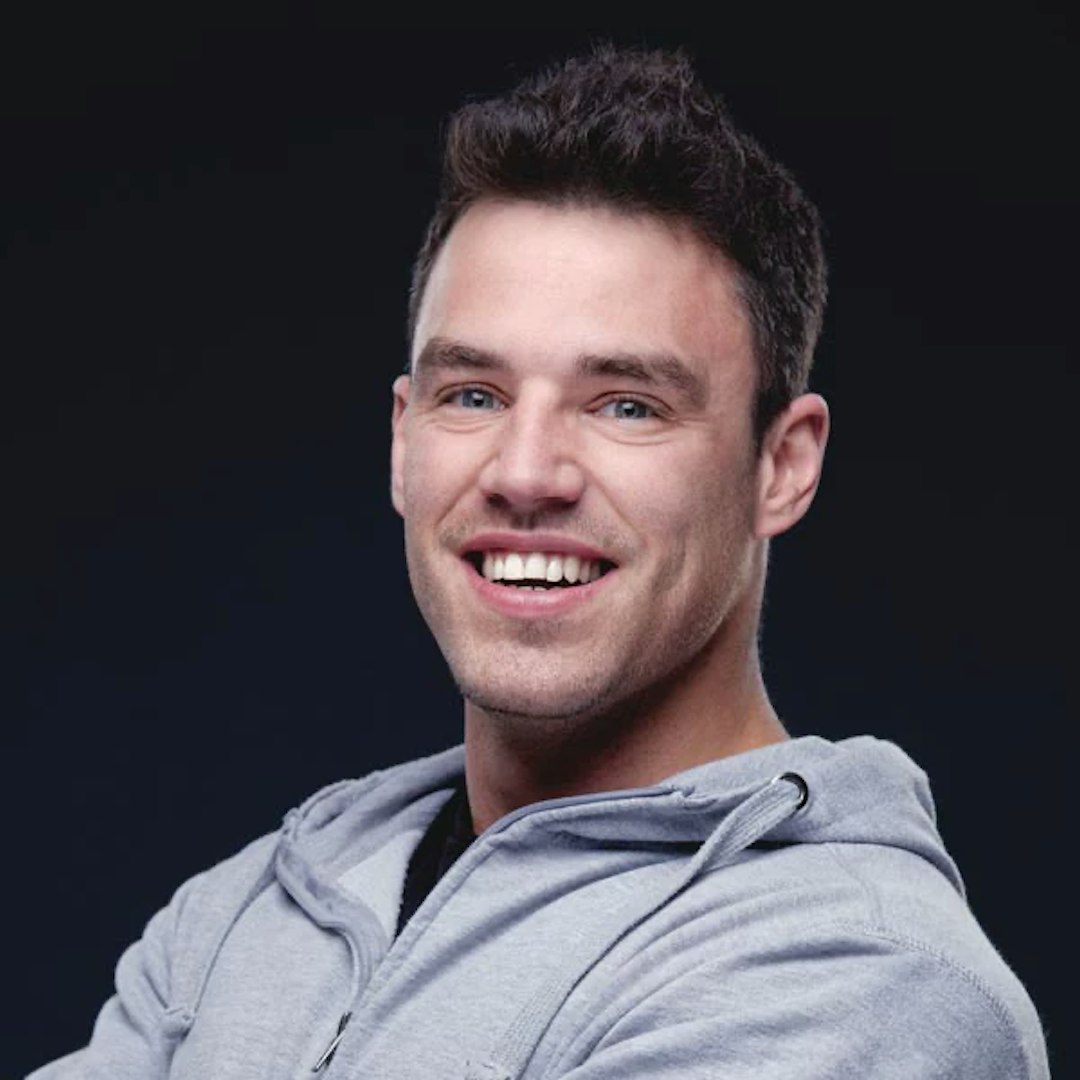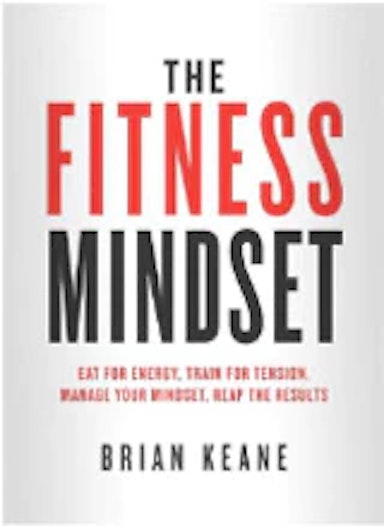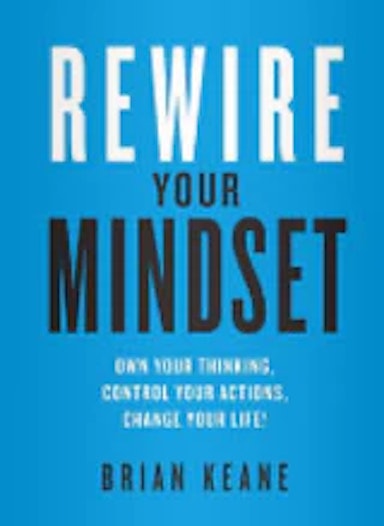Three Questions Every Personal Trainer Should Ask Themselves!
- By Brian Keane
If you’re internal dialogue regularly consists of ‘how can I make more money?’ or ‘how can I get more clients?’ or even ‘how can I work less, I’m exhausted?’ (a common problem amongst personal trainers), them I’m going to challenge you to substitute these questions instead.
Personally, I come back these time and time again in my own business and my life in general. I currently have my mastermind members working on these before our first session next month so I wanted to share them in the hopes that they help any other trainers out there. Regardless if you’re just starting in business for the first time, have been doing it for a couple of years or you are a veteran in your field, hopefully they help you on your journey.
- Where do I want to be in 6, 12 and 18 months time?
The billionaire hedge fund manager Charlie Munger says “invert, always invert” which basically means to always work backwards. If you listen to my podcast, I regularly mention that you can’t hit a target you can’t see; this goes for fitness, relationships and your business! Once you know what your end goal is, you can work backwards from it. I do this often when it comes to problem solving too – as well as working forwards towards a goal; doing the right things day after day that get you closer to the end goal and not confusing movement with progress (a big issue I had to iron out personally), after that I always work backwards from an end goal.
You want to work less hours, earn more money and serve your clients better? Great! – Start building systems and setting up your day to that allow you to do that.
You want to move your entire business online in the next twelve months? Awesome, start learning about the correct automation software and using different social media, audio and video platforms or lead magnets to bring people into the ecosystem so that you can work remotely.
You want to earn treble your current hourly PT rate? Brilliant! – Consider specializing and niching a market space that allows you to be ‘THE’ guy or girl in that space. There’s an old saying in business that there’s ‘riches in the niches’ – so are you a contest prep coach or a female fat loss expert? Remember if you’re a general trainer that works with everybody and any anybody then you’ll get paid the same as everybody and anybody. Narrow down in your sector, carve out a niche, become the best in that space and then you name your price, not the market conditions. If you’re competing on price with other PT’s, you become the gym equivalent of ‘milk and butter’ – people will shop around and just buy the cheapest or most readily available or use the person that looks like they know what they’re doing (this is surprisingly common in the fitness industry).
Remember it’s not about the price you charge, it’s the value you provide. Always work with people who pay for things based on the value they get, not the price they pay. From my experience, that’s the type of person who will work harder, will hold themselves accountable and will get better results over the long term.
It also has this bonus compound or snowball effect; they get better results, then they refer more people to you, you now have extra clients, leading to a higher demand, which increases your hourly rate (supply and demand: Economics 101) and this is the cycle that continues.
Unfortunately, the same is true if you compete with other trainers based on price, you’ll get more people who aren’t as serious about transforming their lives and are looking for the ‘bargain’. Then if they don’t get the results, they blame you, they tell their friends you couldn’t get them into shape and that’s the cycle that continues.
If there’s one thing I promise you, if you make this single change and work with the right type of person, not only will your business, your bank account and your love for your work dramatically improve but you will help and serve people better because you’re not ‘overtired’ or ‘overworked’ and actually have the free thinking time to think about how you can help then in every way possible, not dread another hour of 1:1 because you’ve been up since 5am.
Side note: this is the reason I interview people for my mentorship/masterminds. The principle has served me in all facets of business – I have three basic business rules that I live by 1) Don’t sell anything you wouldn’t buy or use yourself. 2) Only work for people you respect and admire (not so much now as I run my own business but I still offer that advice to younger people) and 3) only work with people who you love to be around. Do this and ‘work’ will never feel like work.
2) Am I focusing on fixing the right problem?
It’s super tempting to think that you need to get more clients, make more sales, figure out Facebook ads or do all these major things to move your business to the next level. Here’s a secret, its not the big things or that ‘one thing’ that will make your business thrive, its doing all the small things right and fixing the small leaks or problems when they come in.
“A small leak can sink a great ship.” – Benjamin Franklin
You can focus on the big things but if your foundation is flawed, it’s the equivalent of building a house on rocky foundation. The other analogy I love is that of Ferrari or racing car, if one of your wheels is off, you might be able to go really fast (the business equivalent of getting bigger, earning more money etc.) but as soon as u hit a rock, the Ferrari crashes.
If you have a cash flow problem (i.e. too much money going out each month with gym rent, bills etc.), then there are two things you can do: 1) you can increase sales and generate more revenue, but you still have those expenses or 2) you can figure out a way to minimize those costs by optimizing parts of your business. Either solution fixes the problem but imagine what your business would look like if you did both?
To give you an example, in late 2016, I was spending 80% of my advertising budget on Facebook ads – but my ‘rating score’ (one of the ways Facebook determines the ads effectiveness- reach/conversions etc.) was a 4. I spent just under €2,000 on a course on how to optimize Facebook ads and within a week, I had my rating score to 8! I then halved my advertising budget and had the same exact effect as I had previously! Also the money it saved me means I recouped my original €2,000 investment in less than two months! That’s what optimizing your business and plugging those leaks can do. I’ve been seeing the compound benefit of that change for nearly two years now and it freed up capital for other projects. If you put €5 into something to get €10 back, that’s a no brainer decision in my opinion. That’s the horseracing equivalent of betting on a 2:1 ‘sure thing’. Always take that bet.
3) What would this look like if it were easy?
If you listen to my podcast, you’ve heard me use this in many different scenarios as it’s a question I come back to over and over again if I feel overwhelmed in any area if my life. However, in the context of your business, what hard thing is stressing you out that you could make significantly easier if you had a better system in place?
The goal of any successful trainer isn’t to work more hours, it’s about the results that you produce in those hours. One problem that’s common amongst trainers is having to work long hours with loads of clients spread out throughout the day. There are a couple of things you can do here. 1) You can only work in your designated hours (no early mornings or late evenings if that’s what you so choose) – yes, you’ll probably lose leads initially but once people see that you never work 5am or 6am sessions then they wont request those times and you’ll bring new potential clients into your ecosystems who’s lifestyle and schedule overlap with yours. Again context is key, if you love working 5am, 6am, off for 12 hours and working 5pm, 6pm and 7pm then do that but if you’re service is suffering; then it might be worth looking at.
I spoke in my book ‘The Fitness Mindset’ about ‘taking control of your thinking time’ – it was in the context of anxiety, stress and worry but if you’re up at 5am for a session and your last session is 9pm every day, Monday to Friday, you’re never going to be able to ‘switch off’ (by the way, I did this for years and I’m speaking from personal experience)- that doesn’t help you or your clients because you WILL eventually burn out.
However, let me reframe this in numbers and figures as sometimes that can be more impactful, but before that, let me answer another frequently asked question, how can I charge more for my 1:1 sessions? Simple, if you’re a €25 an hour PT, you’re providing a €25 an hour worth of a service. If you want to be a €50 an hour PT, your service (the 1:1 time and outside of that) needs to improve by 100%.
“To get what you want, you have to deserve what you want” – Charlie Munger
It really is that straight forward. It may not be easy to do, but it’s that simple. Lets look at in the numbers and the benefits of having the right systems in place.
If you work 20 sessions a week at €50 per hour or 40 sessions a week at €25 an hour, the take home (pre tax) is €1,000 per week; however in one instance you worked double the time.
Now, think about how good would you be at your craft if you took those extra 20 hours and consumed more information that made you an expert in your specific area (female fat loss, juice diet fixes, S+C with athletes etc)? I’ll tell u exactly where, it would move you to €100 per hour PT as a specialist (to give context, I left 1:1 PT two years ago at €100 per hour in Galway City). Now, with the same hours worked, you’ve doubled your pay to €2000 per week (side note: now you’re a six figure a year PT at 104k a year) or you work 10 hours a week for €1,000 per week and use the extra time to do things you love to do or invest in other projects you’re passionate about.
Now I’m not saying you can do this is six or twelve months and the time scale can be location dependent (it’s much easier to charge €100 per hour in Dublin city center than in the Leitrim suburbs for example), but you CAN do it!
Yes Sally who lives in north Carlow with three kids, a part time job and a single mom cant afford €100 per hour but Jim from Cavan who’s a successful manager in corporate finance and is at home three days a week certainly can. One of my mentors charged 50k for her top package- it was six months working with her coach and four days with her! Four days! That’s all the contact you had with her; but she was selling to multimillionaires – 50k to them was the equivalent to €500 to you or me. It’s all relative, so don’t let your perspective of how the world should be cloud the reality to how it really is.
If somebody else is doing what you want to do, its living proof that it can me done; you just have to find how they did it and model them. What systems did they build, what service did they provide, what are they doing that you’re not? Now all you have to do is find the person or people who can help you get there. That may not be a mastermind, mentorship or a course; it might be a podcast or a book that bridges that gap but its up to you to do find what it is you need.
I’ll end on this. Similar to the car analogy above ‘if you want to go fast, go alone but if you want to go far, go with others’ – the secret to success in all areas of life is bridging the gap between the ‘things you don’t know and the things you don’t know you don’t know’ .. and yes u have to learn from mistakes, but nobody ever said they had to be your own mistakes.
I hope this helps. Feel free to comment below or DM me on Instagram if you have any questions.


